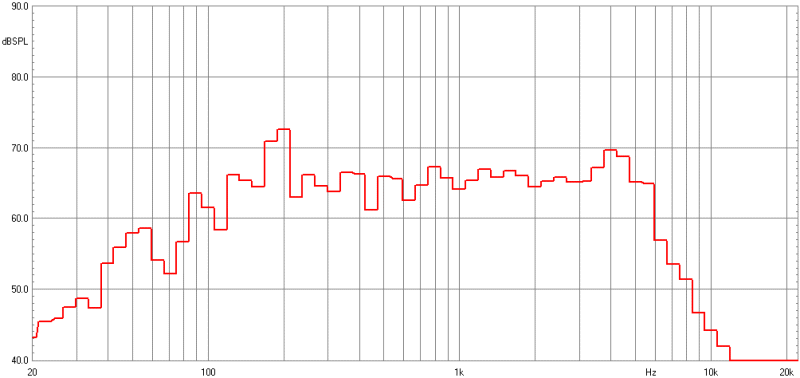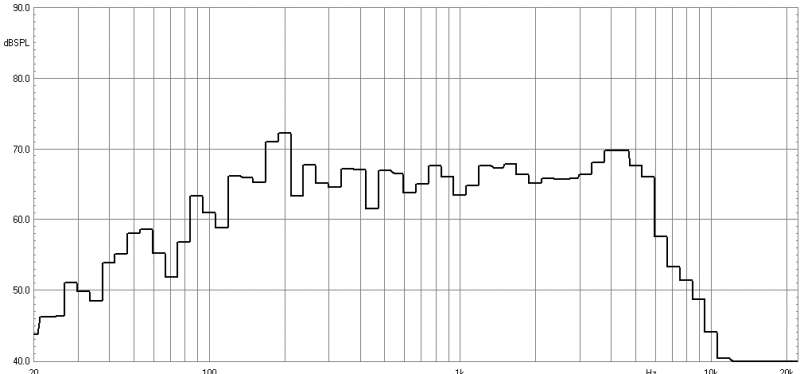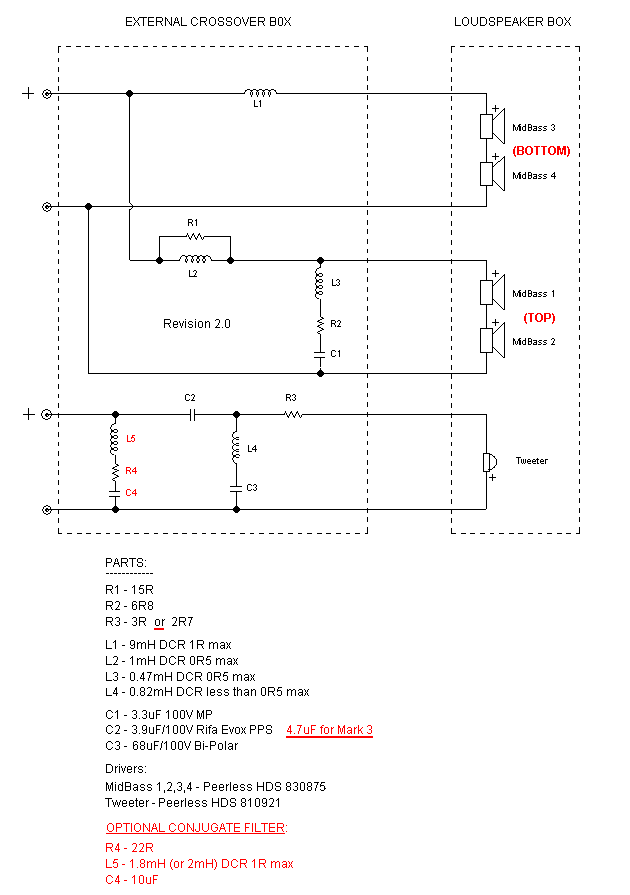|
[Note: September 2024 - Elsinore Mk6 is current - some
things may be obsolete]
ALTERNATIVE DRIVER - PEERLESS HDS 830875

The driver on the left is 830874 with PPB Cone and on
the right is 830875 with Nomex Cone
Note the crossover below, it shows that only one
component value needs to be changed. This is strangely in the Tweeter part
of the crossover and not the MidBass and Bass. This may seem odd, but is
easily explained.
The two drivers have virtually the same amplitude
response (or frequency response). While the main cone material is changed,
in all other aspects the drivers are the same. The main difference is that
the Nomex is slightly lower mass and as such is 0.8dB more efficient
according to Peerless. Our measurements show it to be effectively 1dB -
hence the increase in the Tweeter's output is maintained by reducing its
padding resistor from 1R8 to 1R. The overall system sensitivity is also up
by 1dB - a nice thing.
The main question that should be asked is this: How
can these two drivers be so similar that no other crossover change is
required? One: The driver's Thiele-Small parameters are so close that the
box alignment is left unchanged. Two: The acoustic response is very similar
- stunningly similar. Note the overall profile of both cones are the same.
The inverted dust cap is actually also PPB in the Nomex version,
albeit the diameter is slightly smaller. As long as the cone works as a
piston - using the same driver motor assembly and basket (the heavy duty
cast frame that holds it together), we would expect they have the same response
up to about 1500 Hertz. Such is the case and has been confirmed by
measurement. Please note the plots below which are high resolution 1/6th
Octave RTA type (four times the resolution of 1/3rd RTA), mounted on an IEC
type baffle that largely eliminates diffraction effects above 100 Hertz.

PPB Cone

Nomex Cone
(largely ignore identical peaks at 200
Hertz as a measurement artefact)
As you can see, the Nomex output is about 1dB higher,
but the general response very similar. The peak around 4KHz is a bit
broader. As discussed elsewhere, this is not a cone resonance but a build-up
of energy largely to do with the shape of the inverted dust-cap and cone
profile. Note, the material of the dust-cap is both made of PPB.
The shift in the response at any frequency is less
than can be considered correctable by the crossover. The LCR trap that is
designed to deal with 4KHz energy build-up (see L3, R2 and C1 components) is
quite capable of dealing with both situations and the amplitude response
change is minimal through that area. The summed driver response is about
7-8dB down as the Tweeter is taking over - that helps too.
The explanation, partly given above, is that the two
driver's pistons response is the same and above that the inverted cone
becomes dominant (above piston range) is the same material and shape. The
minor change around 4Khz is that the Nomex version's PPB dust-cap is a bit
smaller in diameter. Of greatest interest here is that the roll-off above
the peak is practically identical. Then the total system response is
largely maintained by increasing the Tweeter's output by near 1dB.
(None of this would be possible if the electrical
parameters are identical. They are, in fact the only deviation is in the
10-20KHz range, indicating that the eddy currents are slightly different.
But being so high in frequency have no import, besides the difference will
be swamped by the inductance in the crossover.)
We would thus expect the overall tonal balance to be
the same, and so it proved to be. The Nomex are just a little less rich than
the PPB which comparatively do have a quite attractive lushness here, but
not overtly so. The Nomex are also a bit faster (and possibly a bit more
detailed?). The tonal balance is not significantly different - as expected.
But where perhaps I am leaning towards the Nomex is that they just seem to
sound that touch bit more real - a difficult to define matter I know, but
what sways me is that the Nomex does voice better, IMHO. But there will be
those who will prefer the PPB and there should be no criticism on that
score.
Both versions of the Elsinores are hard to beat in
terms of sheer value for money, as they are intended to compete with
speakers that are in a price range that most of us are not able to afford.
The bottom line, as far as I am concerned, IF you are not able to source one
driver, then don't hesitate to get the other if available. As the Danes say,
Basta!
THE CROSSOVER
(note the red underlined
components changes)

Note: Crossover & Values
of Components are Subject to Change - date 5th November 2006
|